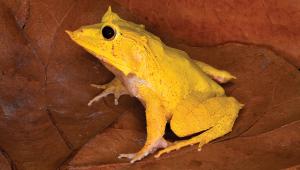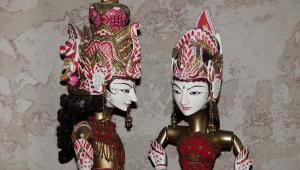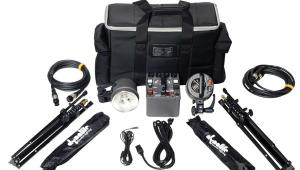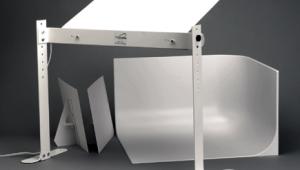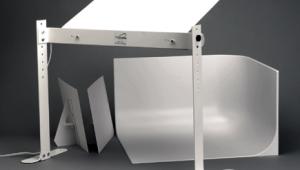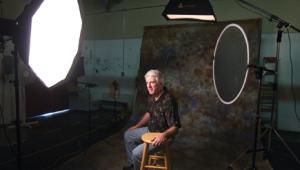Enshrouded In Fog; Tips On Capturing That Soft And Subtle Light
One of my favorite times to shoot landscapes is when a thick fog has descended on the land and engulfed everything in sight. It is a magical thing to experience, and for fine art nature photographers it doesn't get any better. We all love to shoot scenes with brilliant, saturated colors and crystal clear air typical of well-known national parks like Bryce Canyon and Monument Valley. At the other end of the wow spectrum, though, are soft and subtle colors that are artistically muted and air that is so saturated with fine water particles that it has practically turned white.
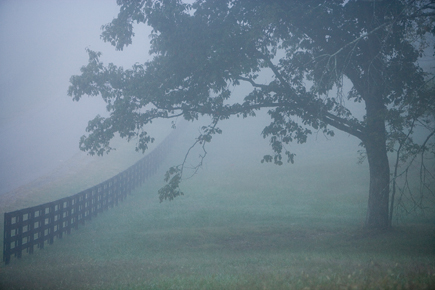 |
|
|
With some notable exceptions, fog is largely a morning phenomenon. As soon
as the sun rises high enough in the sky and warms the air, the fog burns off
and the magic is suddenly gone. This usually happens quickly, so when I'm
shooting early morning fog I try to get in as many shots as possible in the
short time I have. Sometimes fog lingers, but there's no guarantee. I
learned a long time ago that when a beautiful moment occurs in outdoor photography
it probably won't happen again.
Exposure
The challenge when shooting in fog is the exposure. All light meters, whether
they are handheld or built into your camera, are designed to provide accurate
exposures for middle-toned, or medium gray subjects. For example, when you take
a picture of horses in a green pasture with a blue sky background, the meter
performs flawlessly. It recognizes this middle-toned scene and gives you completely
reliable exposure data every time.
 |
|
|
The problems start when you photograph something that is not middle toned,
like fog. Your meter can only respond to its programming and it assumes you
are shooting another middle-toned situation. When fog is rendered middle gray
the photo is underexposed because, as we all know, fog is much lighter than
middle gray.
You can do one of three things to solve this problem:
You can use a handheld incident light meter. This type of meter reads the light
falling onto the scene, rather than the light being reflected from it. Incident
meters are extremely accurate in lighting conditions like fog. They will give
you what you see as long as the meter is held in the same light as your subject.
For instance, you wouldn't take a light reading while standing in the
shadow of a large tree if you were shooting a subject in the open.
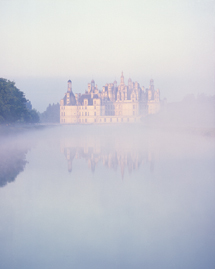 |
|
|
You can take a light reading from a middle-toned subject if one is present.
A gray rock or tree bark could be used if they are the right tone. The color
of the subject isn't important; it's the tonality. For situations
where the fog is very thick and the trees, flowers, bodies of water, and rocks
(or any other subject) are lighter than middle gray, I suggest you use a Kodak
gray card. If this is held in the same light as the scene being photographed,
the exposure will be correct. An alternative to carrying a gray card is to go
to a fabric store and buy a small piece of material that matches the card. Sew
this onto your photo backpack or your camera vest, and now you will always carry
middle gray with you.
The procedure for making the shot is you take a light reading on the gray fabric,
lock that exposure in place with AE Lock, recompose, and then shoot.
- Log in or register to post comments

